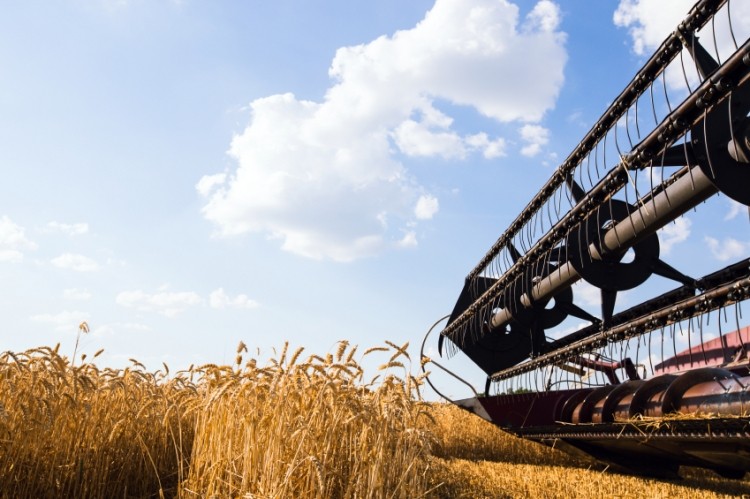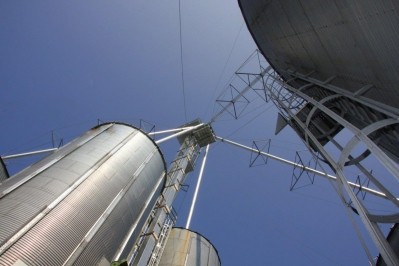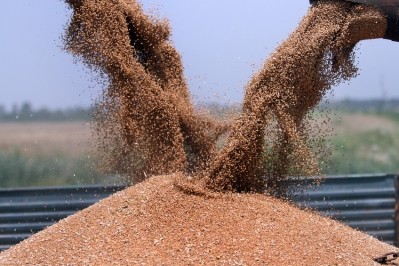Potential for higher feed wheat supplies in Europe

Arthur Marshall, analyst with UK based AHDB market intelligence, in a note, said there are concerns for French wheat in particular, which is currently rated in especially poor condition, both in terms of yields and crop quality.
France based cereal market analysts, Strategie Grains, also raised some concerns about German wheat, leaving a lack of milling standard wheat available.
Quality issues would usually mean a greater proportion of EU wheat being sold as feed.
But Marshall stressed the implications of such developments for feed wheat supply is, somewhat, an unknown quantity just now.
For the EU as a whole, Strategie Grains currently estimated that 68% of EU wheat meeting milling quality in 2016-17.
The AHDB analyst said that, based on current output projections of 144 to 146Mt, this would leave around 46.5Mt of EU feed wheat production in 2016/17. Marshall noted this would be above last year but still lower than 2014-15, a year in which EU feed grain supplies were in abundance.
In order to match 2014-15 levels of feed wheat production, around 59% of EU wheat would need to be of milling quality, he added.
“Quality issues would need to be further widespread in the EU to make this scenario more likely,” said the analyst.
In the meantime, UK milling premiums heading into the new season have been firming, as quality concerns impact milling markets, he said.
The UK average spot ex-farm full-specification bread milling premium against feed wheat reached £27.80/ton ($36.40/ton) as of the week ending 14 July, the highest in 13 months, reported Marshall.
French rapeseed yields
Strategie Grains also reported this week that, among all winter crops in France, rapeseed is doing the least worst.
Nevertheless, yields are expected significantly below the five-year average, said the cereal market analysts.
“Current feedbacks from the fields generally indicate yield levels 15 to 20% below last year levels, because of bad flowering and grain filling conditions and very high parasitic pressure,” said the French group.
The latest data, continued Strategie Grains, showed French rapeseed yield is revised down from 3.39 to 3.10 t/ha (3.54 t/ha in 2015/16), and production is to decrease by 410 kt to 4.67 Mt (5.31 Mt in 2015/16).










